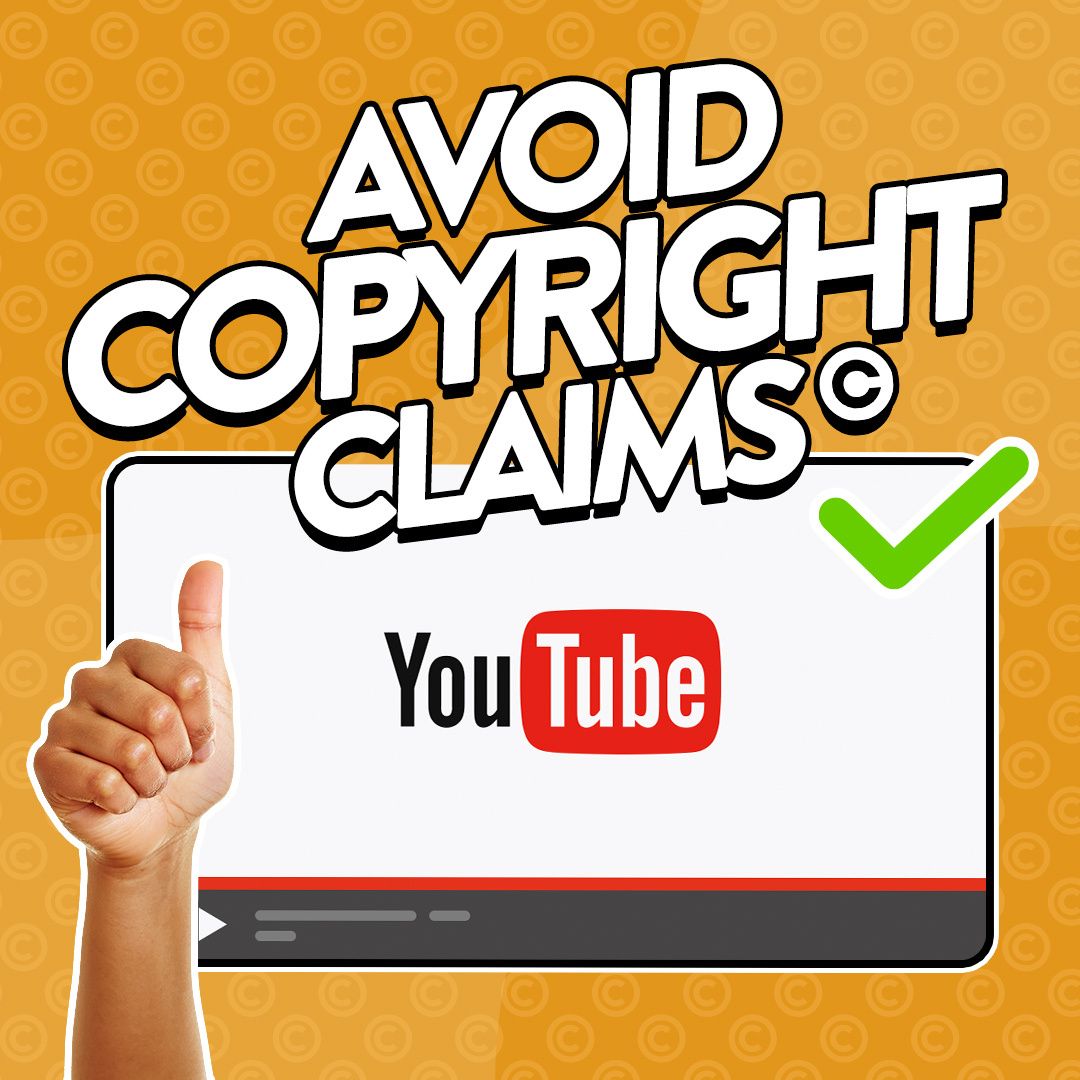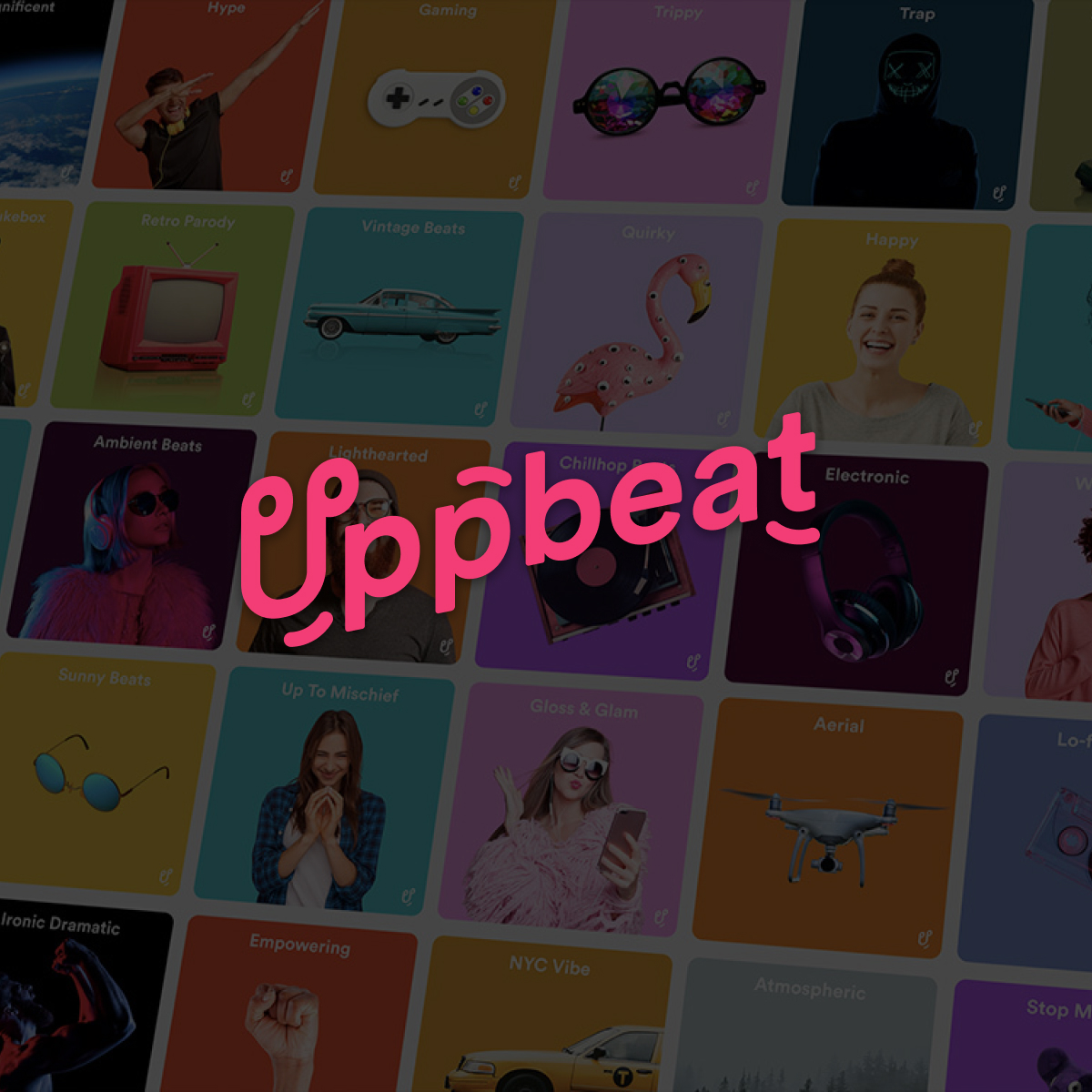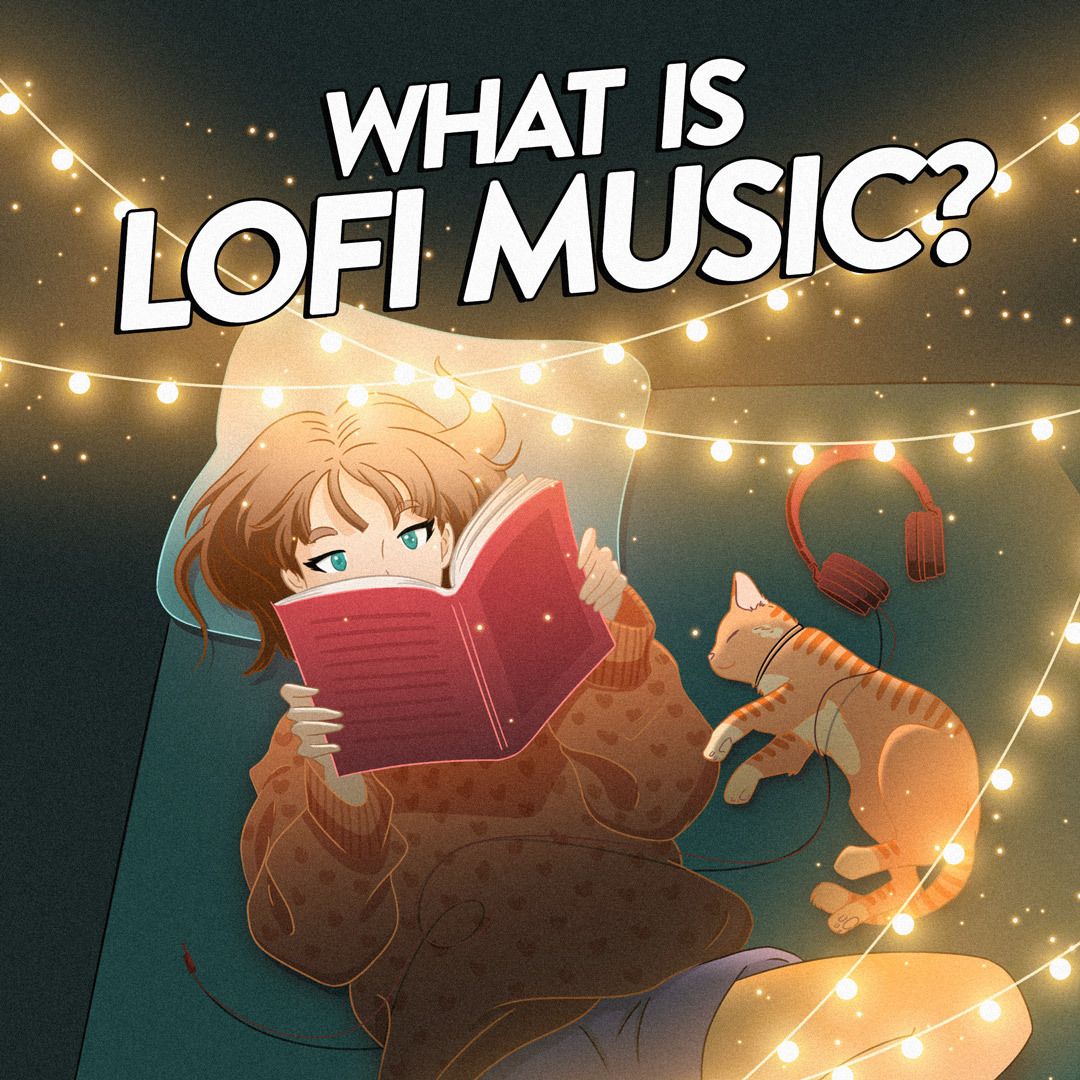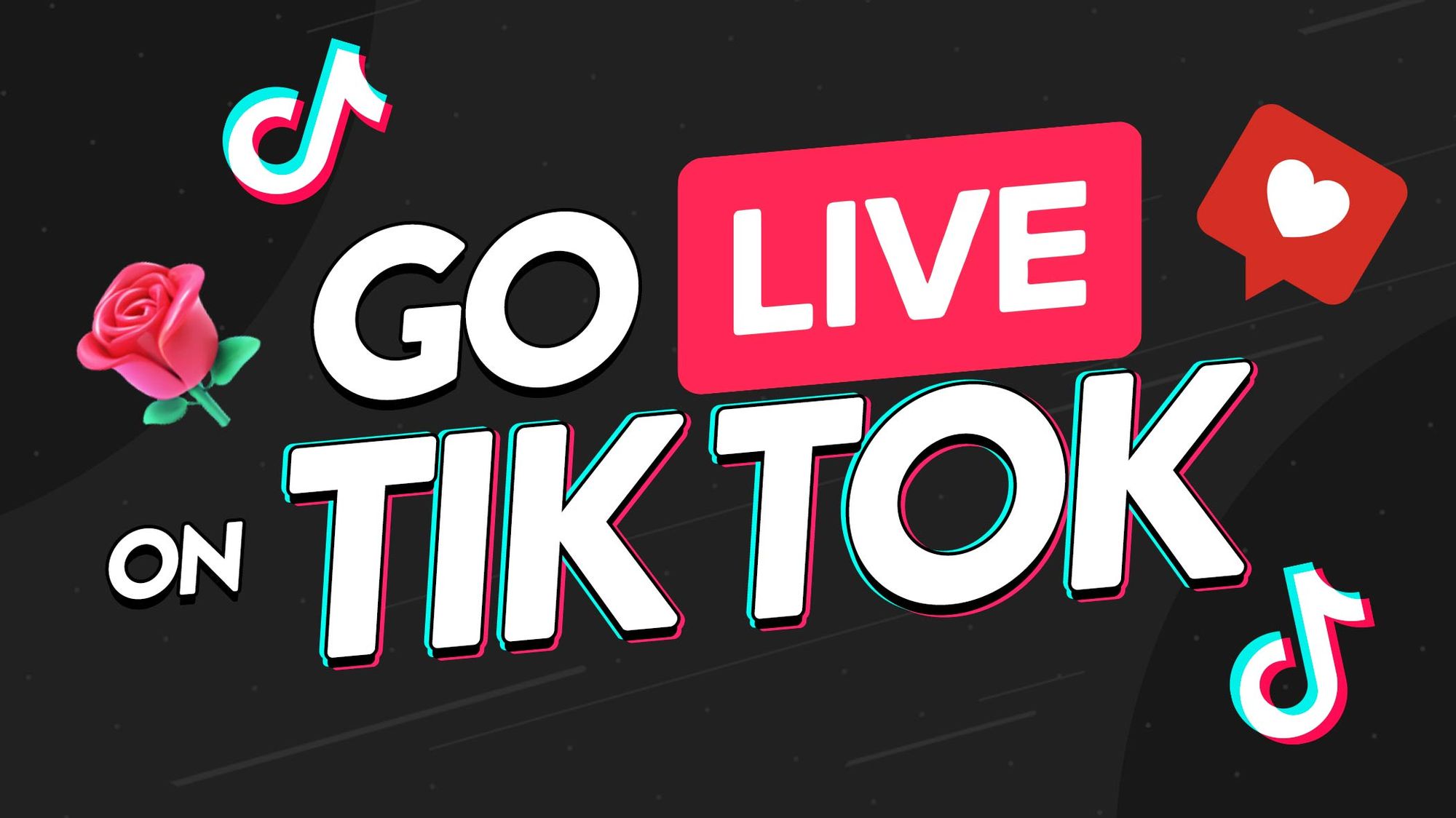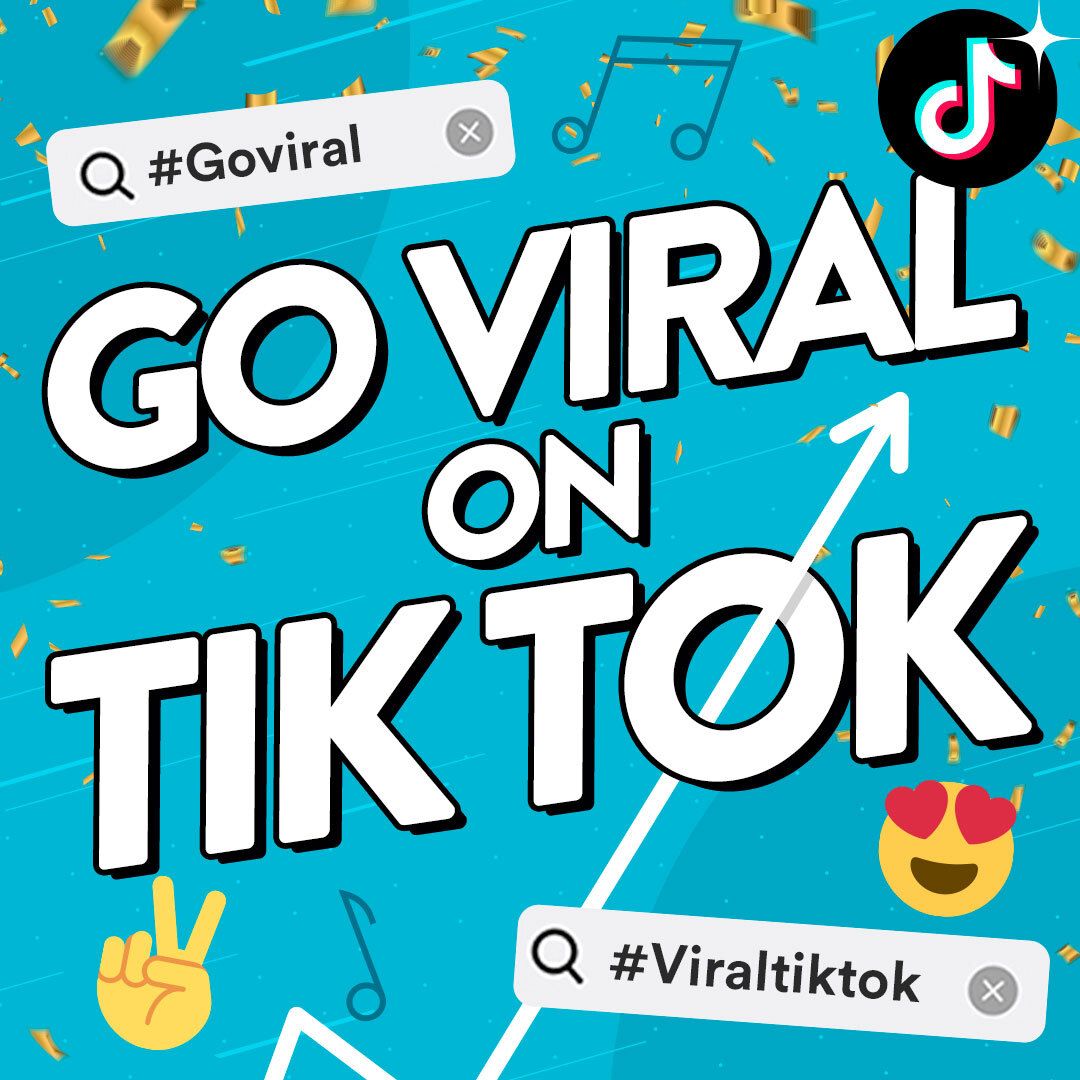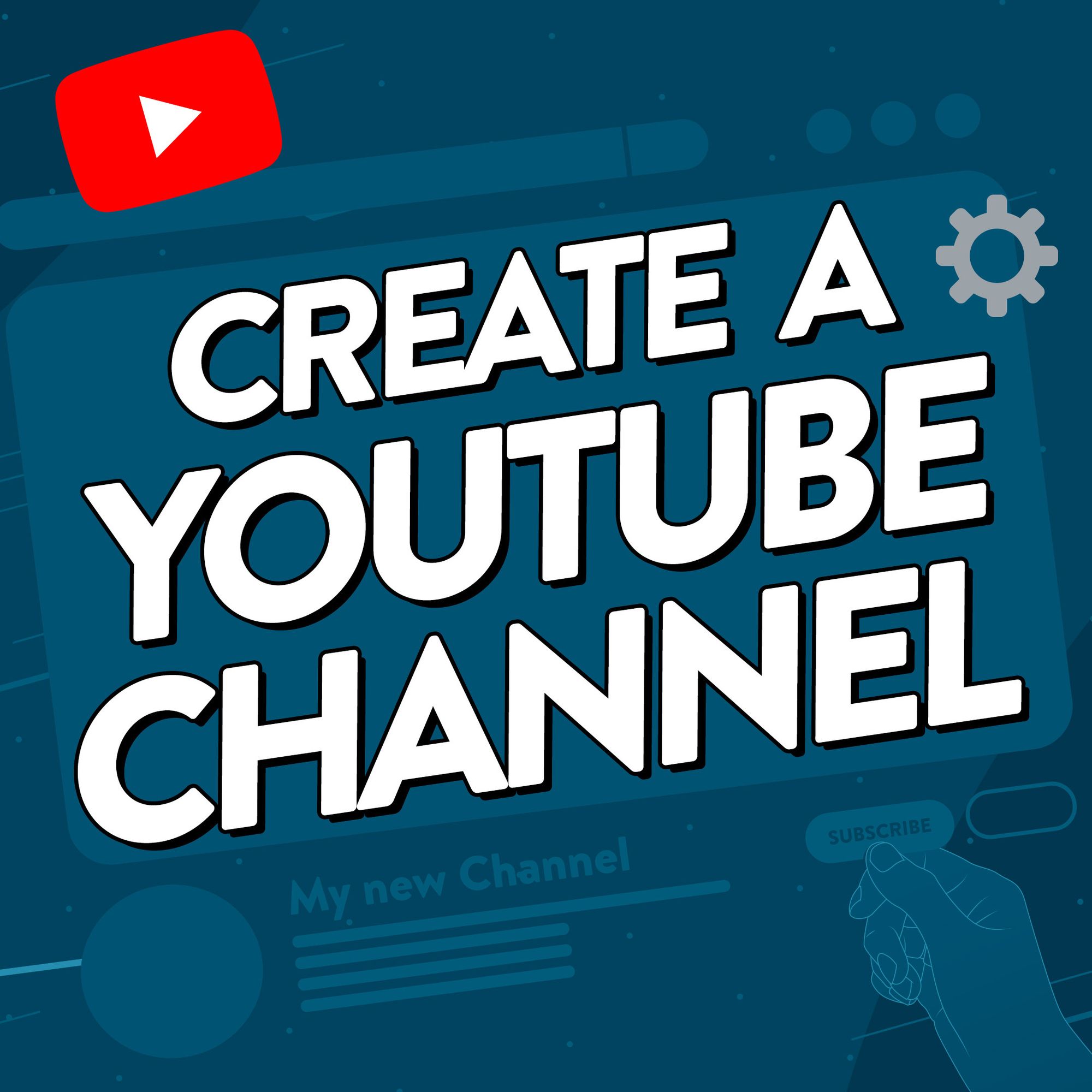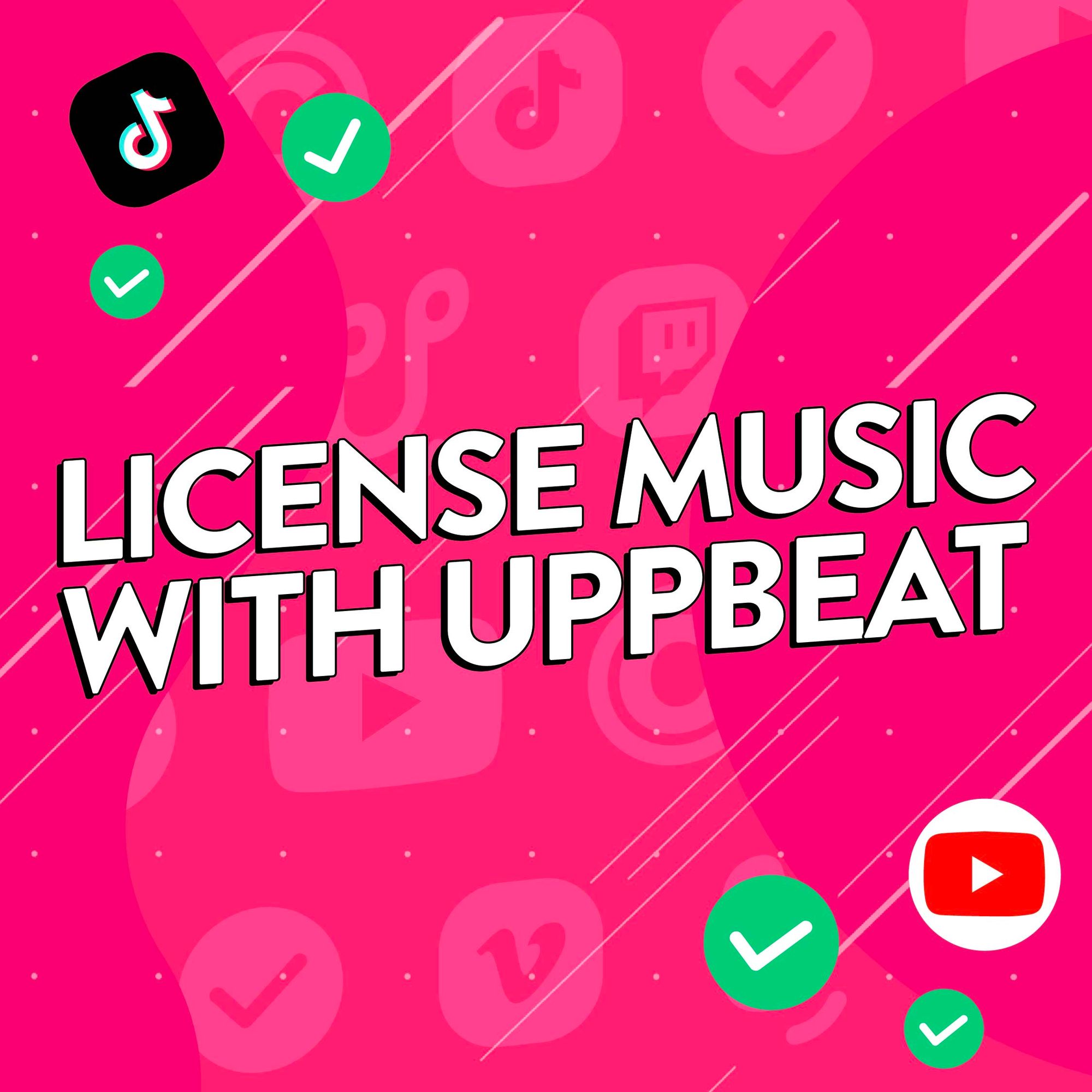Sharing your YouTube videos with the world is a pretty awesome feeling, most of the time! But one thing that’s frustrating for any creator is receiving a pesky YouTube copyright claim on a published video.
For many YouTubers, copyright claims aren’t a big deal and won’t cause any major issues. But, if you’re trying to make an income from your videos, you’ll want to avoid them being flagged with copyright issues. They can sometimes lead to copyright strikes, demonetization of your videos or even losing your channel.
Most YouTube copyright claims are caused by using copyrighted music or video, and they’re easy to avoid. Keep on YouTube’s good side as we guide you through avoiding copyright claims and bust some popular myths around licensing music.
- What does copyright claim mean on YouTube?
- How does copyright work on YouTube?
- What is a copyright strike on YouTube?
- How to dispute a copyright claim on YouTube
- Checklist: How to not get copyrighted on YouTube
- Where to find copyright-free music to use in videos
- “Fair use” and other myths busted
The simplest way to avoid YouTube copyright claims is to soundtrack your content with copyright-free music that you know you have permission to use. Check out Uppbeat, a free music platform for creators, and download the best free music for YouTube. It’s safe, free and you won’t get any copyright claims!
What does copyright claim mean on YouTube?
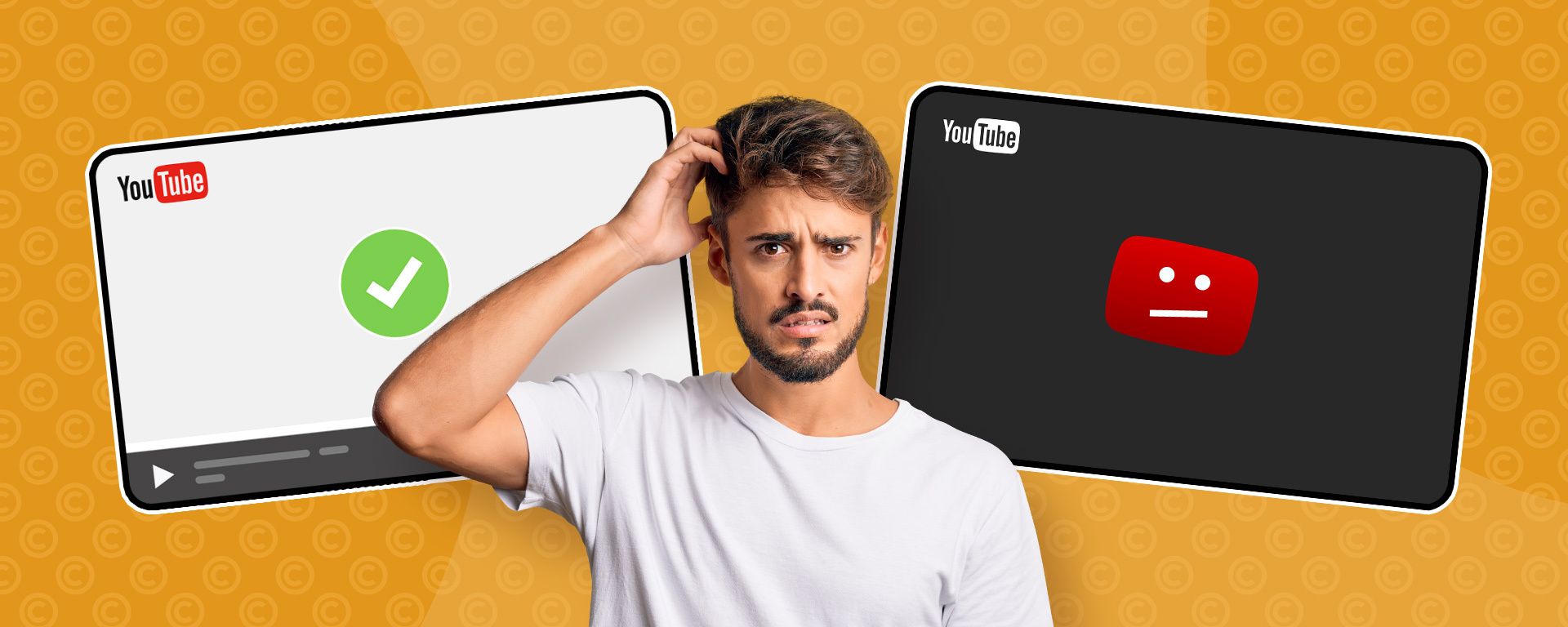
Copyright claims are a common problem for creators. After all, YouTube dished out a staggering 700 million Content ID claims to YouTubers in 2021 alone! They happen often and can usually be fixed quite easily. But it’s not always clear what they are or why they happen.
So what is a copyright claim on YouTube? In a nutshell, copyright claims are meant to protect artists and musicians’ music from being used without permission. They give copyright holders control over how people are using their work, which would otherwise be tricky on YouTube where 720,000 hours of video is uploaded every single day.
You might be wondering when you might get a copyright claim? Say, for example, you’ve uploaded a magic show and soundtracked it using a Metallica track without permission. You’d then receive an email from YouTube warning about a copyright claim on your video. The copyright owner would then have a number of options, including removing your video.
How does copyright work on YouTube?
YouTube actively searches for videos that use copyrighted content and gives out copyright claims to creators that break YouTube’s rules. So if you choose to soundtrack your content with Drake, Ariana Grande or The Beatles, YouTube’s going to know about it.
It does this through its all-seeing Content ID system which flags any time you’ve uploaded a video containing copyrighted material to your channel. Content ID is a clever fingerprinting system that works a little like Shazam and can identify any copyrighted music or video.
The copyright owners then have the option to take action, whether that’s allowing the video to stay as it is, restricting the visibility of the video or even blocking it entirely.
What is a copyright strike on YouTube?
A YouTube copyright strike is different to a copyright claim and is far more serious for your channel. It means that a copyright owner has successfully submitted a copyright takedown request for YouTube to remove your video.
Get one copyright strike and YouTube will send you to their Copyright School for a lesson in understanding copyright. Receive three strikes and you could have your account closed down entirely, with all your videos removed from YouTube. Trust us, you don’t need to let it get that far!
How to dispute a copyright claim on YouTube
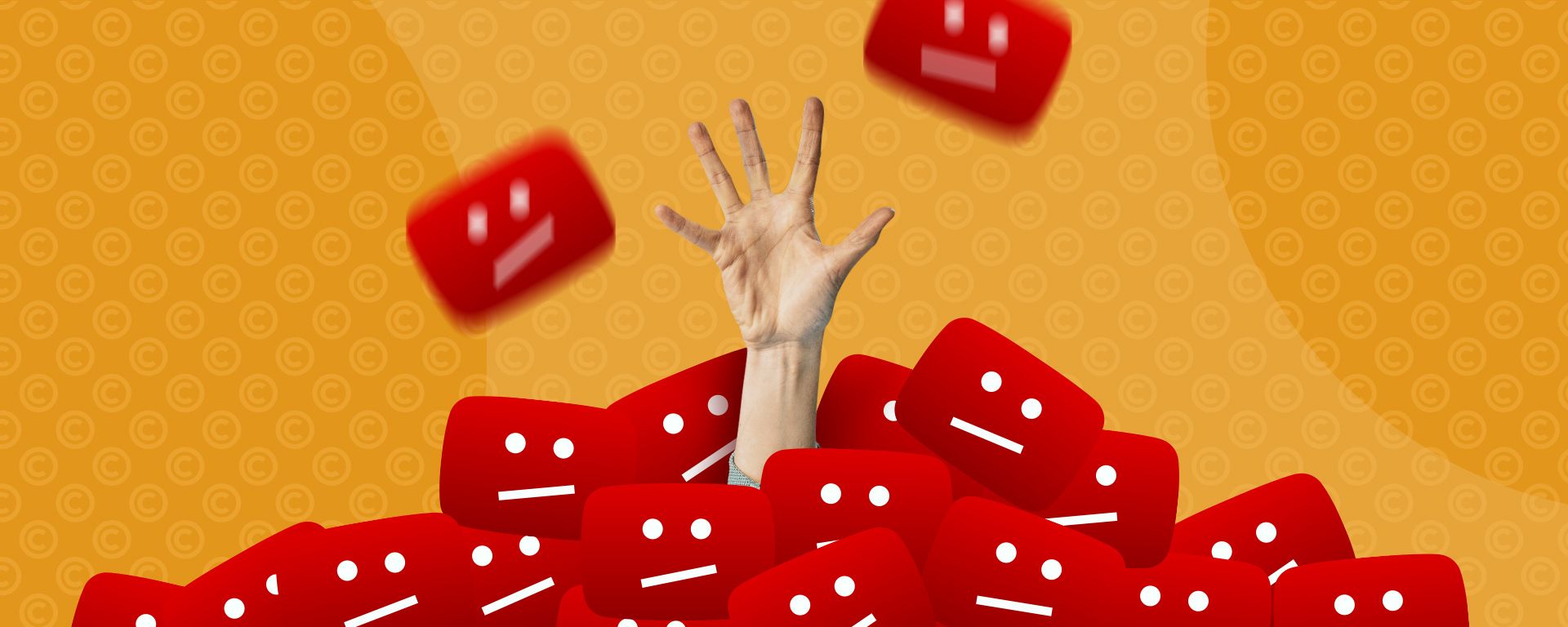
Don’t panic! Copyright claims happen to YouTubers all the time and you’ve got a few options if you get one. You might not even need to dispute it.
1. Check the copyright claim 👀
Your first port of call is to check the claim and see how it affects your video. In your YouTube Studio, head to Content to see if your video has any restrictions. This could include limits on who can view your video and whether you can monetize your content – if these aren’t affected then you can decide to leave things as they are and not change your video!
2. See if you can edit your video ✂️
If the copyright claim is affecting the visibility or monetization of your video, you’ll want to take action. YouTube allows you to edit the affected part of your video, meaning you can trim out that particular segment or replace the song in YouTube’s editor. However, this could be tricky if you’re speaking over the top of the track.
3. Dispute the copyright claim 🙋
Your final option is to dispute the copyright claim if you think that you have the right to use the music. Challenging a claim can take time with copyright owners given 30 days to respond, but it’s worth doing if you believe the copyright claim is unfair! If successful, you’ll receive an email from YouTube to let you know the Content ID claim has been removed from your video.
Checklist: How to not get copyrighted on YouTube
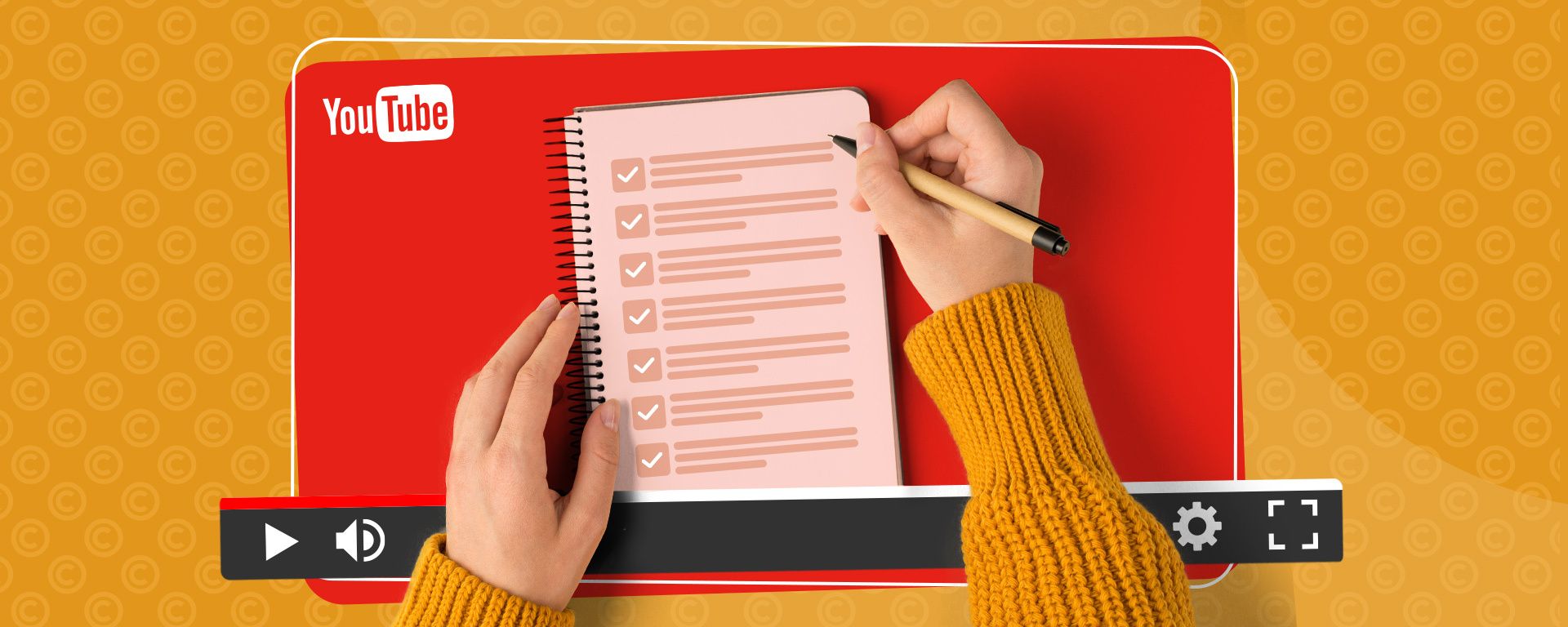
It’s super easy to stay in YouTube’s good books and make sure you don’t get any copyright claims. Simply follow our simple checklist to keep your channel safe.
✅ Have I used copyrighted music?
It may go without saying, but you’re only going to get a copyright claim if you have actually used copyrighted music. Remember that music that is described as copyright-free is often still subject to copyright. You can always brush up on copyright-free music by checking out our definitive guide.
✅ Have I got permission to use the music?
This is a biggy! If you don’t have permission to use a track in your video, you’re probably going to receive a copyright claim. Free music sites like Uppbeat make it simple to download copyright-free tracks you can use and avoid claims.
✅ Have I correctly attributed the artist?
Usually you’ll need to credit an artist if you’re using their music. You can still get a copyright claim for a track you’ve got permission to use if you don’t attribute the music correctly, so double-check you’re doing it right. It’s often as simple as copying a credit into your video description.
✅ Do I need to challenge a Content ID claim?
Mistakes happen and YouTube doesn’t get it right all the time! If you’ve followed the checklist and you’ve still got a copyright claim, try submitting a claim dispute through your YouTube Studio. If successful, your copyright claim will disappear.
Where to find copyright-free music to use on YouTube
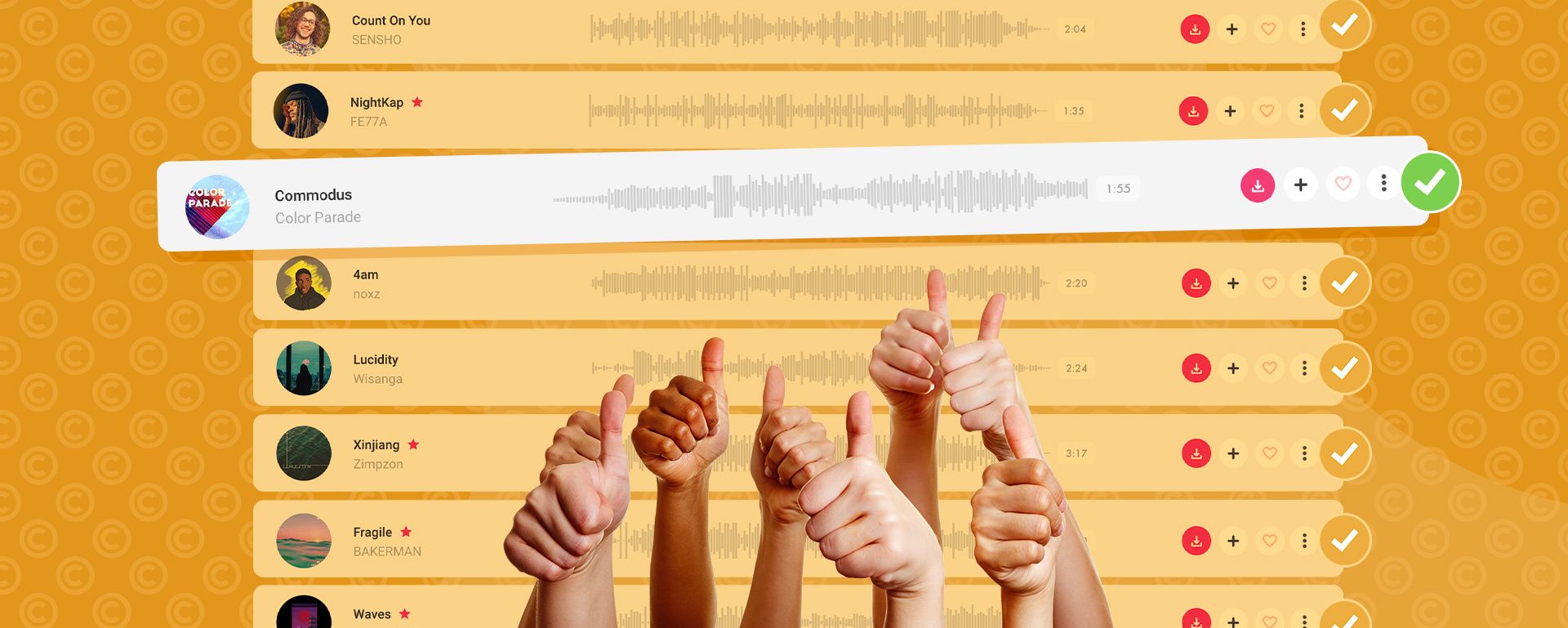
The easiest way to avoid copyright claims is to use music that won’t get flagged by YouTube’s Content ID system. The great news is there are plenty of options for finding your ideal soundtrack while keeping YouTube happy:
Uppbeat
Make life easy for yourself by searching Uppbeat’s hand-picked catalog of awesome copyright-free music, featuring playlists inspired by the types of videos creators are making and the vibe of your channel.
The platform allows you to find your perfect sound in seconds with the promise of no copyright strikes as well. Each time you download a track, you’ll receive a unique Uppbeat Credit to add to your video description, allowing you to avoid copyright claims.
YouTube Audio Library
You can check out YouTube’s own catalog of free stock music, although hunting through more than 150,000 tracks to find the perfect sound for your video might take time.
Make sure you check how each track needs to be attributed to the artist too - it varies from track to track and the last thing you want is to get a copyright claim because you haven’t credited the musician properly.
Reach out to artists directly
Why not try going straight to the source and asking artists themselves! Although it’s unlikely that Kanye is going to get back to you, there are loads of brilliant musicians that might be willing to collaborate.
Even if you don’t know any artists personally, sites like Soundcloud and YouTube offer access to a wide range of beatmakers, producers and talented musicians around the world. Some of them even grant permission to use their tracks automatically through Creative Commons licenses.
Just be conscious that even if they give you permission to use their tracks, artists could still decide to have their tracks registered with Content ID, which would expose you to copyright claims further down the road.
"Fair use" and other YouTube copyright myths busted
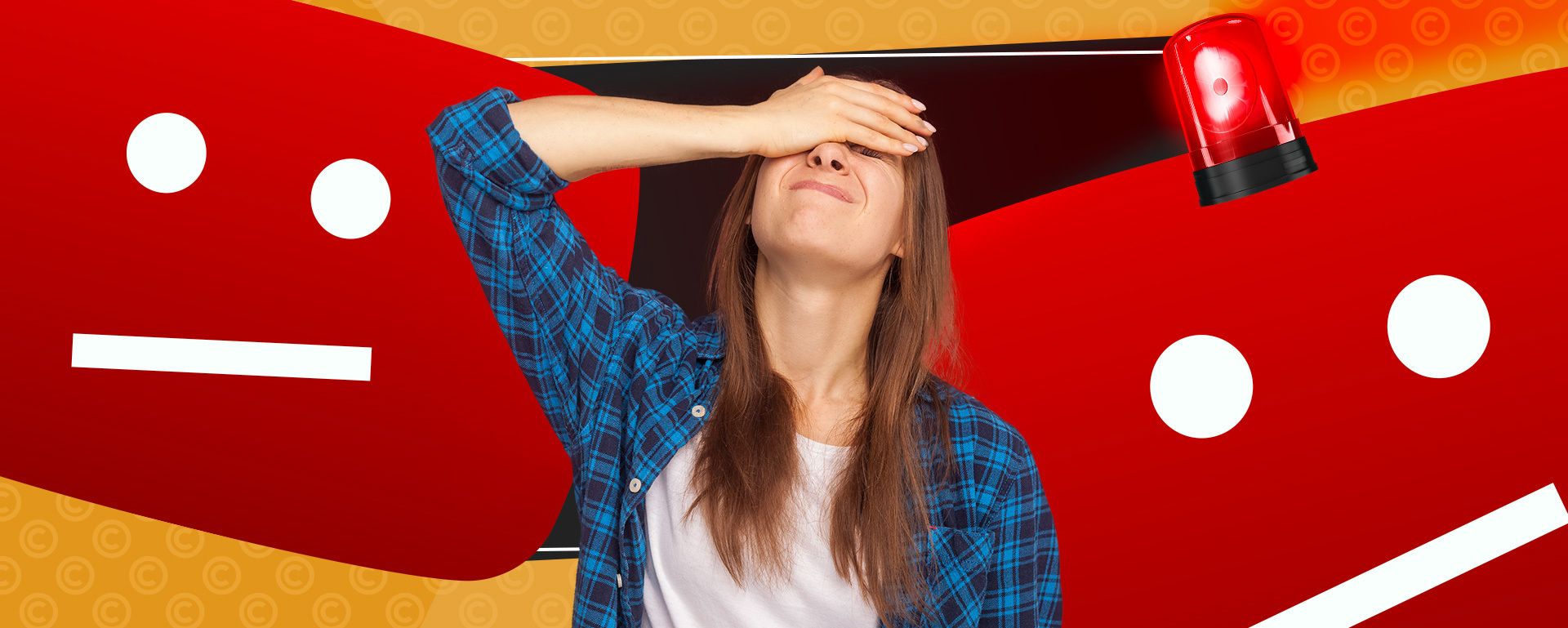
It can be tempting to put a chart-topping track in your videos! Sometimes all I think about is using that iconic snippet of Heat Waves by Glass Animals, too. And there are a lot of myths out there suggesting you may be able to get away with using copyrighted music. But sadly, none of them are true! Let’s do some debunking.
Say goodbye to YouTube copyright claims!
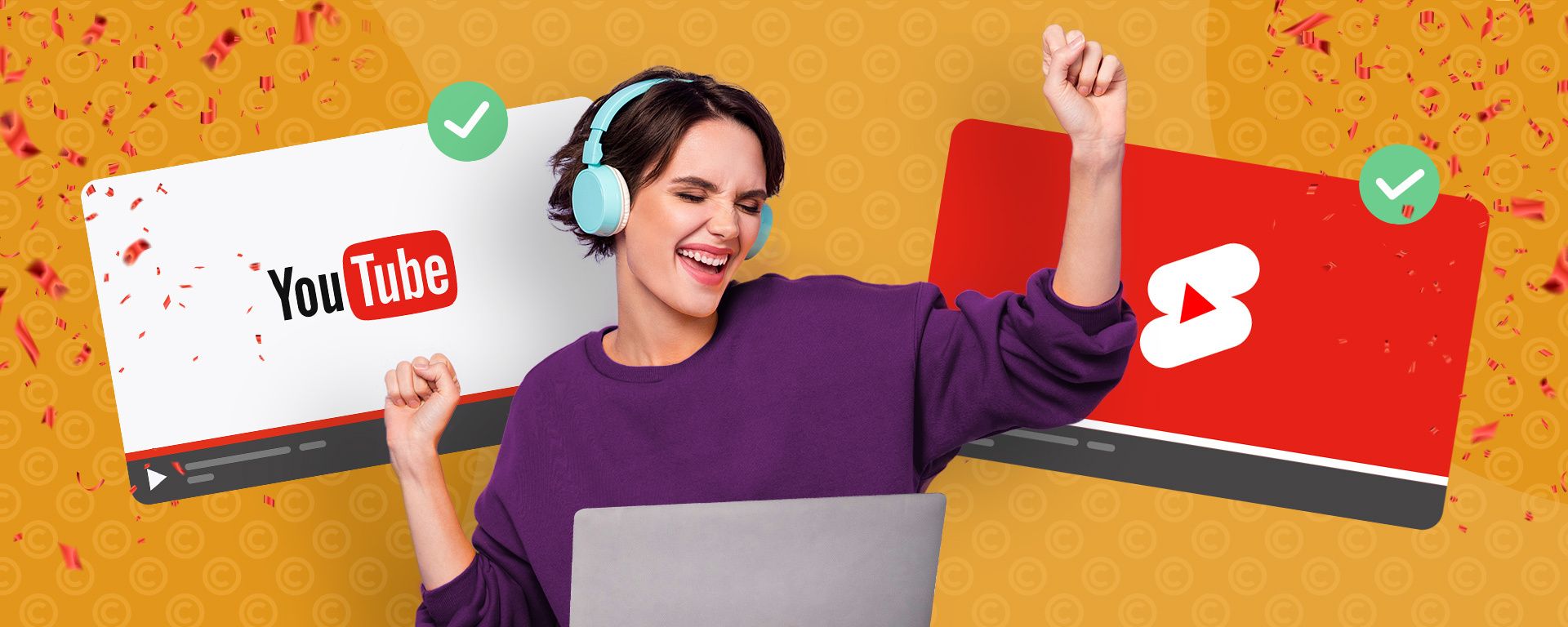
YouTube Content ID claims simply aren’t as scary as people suggest. Whether you’ve already received a copyright claim or you want to avoid them altogether, there's no need to worry.
Simply make sure you only use music you have permission to use and you should never see one of those dreaded emails land in your inbox. It really is that straightforward!
Here at Uppbeat, we work with the best artists around the world to offer free music you can use on YouTube without getting copyright claims. You can browse our amazing catalog, featuring everything from chillhop and lofi music to cinematic sounds and ambient beats. Just remember to drop an Uppbeat credit in your description and say goodbye to Content ID claims on YouTube!

